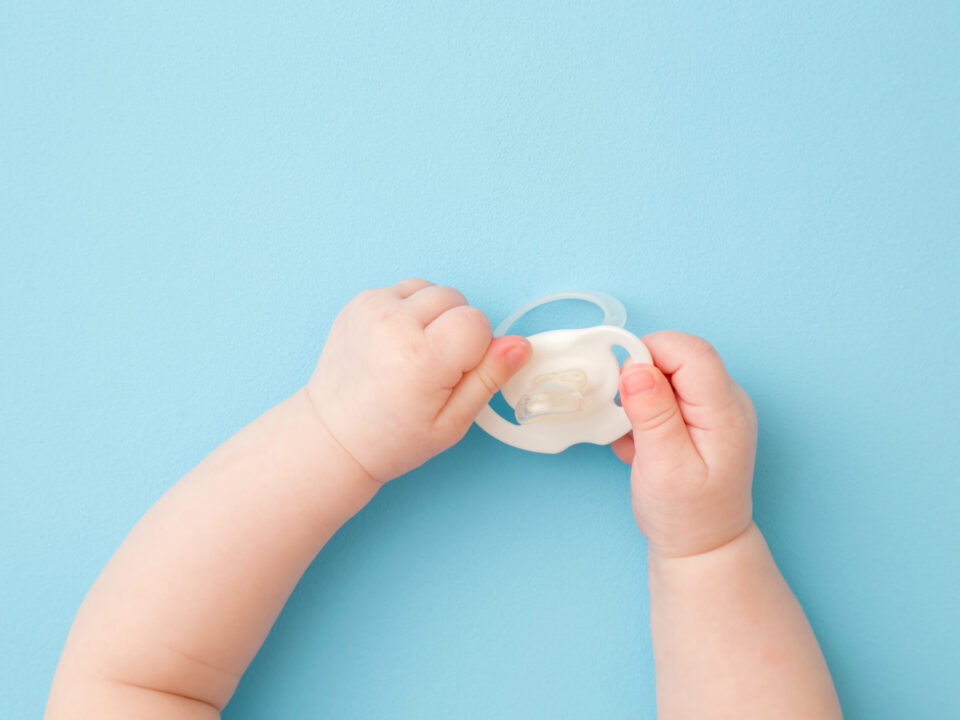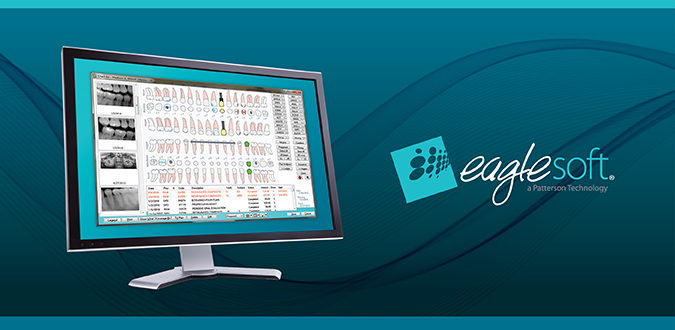What is a dental x ray sensor?
July 11, 2022Dental Sensors Usability and their best practices
Dental sensors are devices that can be used to measure various aspects of oral health, such as tooth decay, gum disease, and oral cancer. While they are incredibly useful tools, their usability can often be hampered by a number of factors. In this article, we will explore some of the best practices for using dental sensors so that you can get the most out of them!
how to use dental sensors
Dental sensors are a vital part of any dental practice. They help to ensure that the dentist can provide the best possible care for their patients. There are a few key things to keep in mind when using dental sensors. First, it is important to calibrate the sensor properly. Second, make sure that the sensor is placed correctly in the mouth. Finally, be sure to use the proper settings for each patient.
What are the different types of dental sensors?
There are many different types of dental sensors, each with their own unique set of benefits and drawbacks. The most common type of dental sensor is the intraoral sensor, which is used to take detailed pictures of the inside of the mouth. Other types of dental sensors include extraoral sensors, which are used to take pictures of the outside of the mouth, and 3D scanners, which create a three-dimensional image of the mouth. Each type of dental sensor has its own unique advantages and disadvantages, so it is important to choose the right type of sensor for your needs.
How do dental sensors work?
Dental sensors are devices that are used to detect tooth decay. They work by sending out a small electrical current that is used to identify areas of the tooth that are damaged or decayed. The current is then converted into a signal that is displayed on a screen, which can be used by a dentist to determine the severity of the decay and plan treatment accordingly.
There are two main types of dental sensors: caries detectors and laser fluorescence (LF) devices. Caries detectors work by detecting changes in the electrical conductivity of the tooth, which is an indication of decay. LF devices work by shining a low-power laser onto the tooth and measuring the amount of reflected light. This reflected light can be used to identify areas of the tooth that are more likely to be decayed.
Dental sensors are an important tool for dentists in the detection and treatment of tooth decay. However, there are some limitations to their use. For example, dental sensors can only be used on teeth that are exposed to the sensor. This means that they cannot be used on teeth that are hidden by gum tissue or other structures. Additionally, dental sensors may not be able to detect very early stages of decay, as there may
What are the benefits of using dental sensors?
Dental sensors are a vital tool for any dentist. They allow dentists to see inside the mouth and get a clear view of the teeth and gums. This helps them to diagnose problems more accurately and provide better treatment.
There are many benefits to using dental sensors, including:
1. Improved accuracy – Dental sensors give dentists a clear view of the mouth, which leads to more accurate diagnoses and treatment plans.
2. Faster treatment – Dental sensors help dentists to identify problems quickly, so that treatment can be carried out more quickly and efficiently.
3. Reduced stress – Dental sensors can help to reduce stress for both dentists and patients. Dentists will be able to work more quickly and efficiently, while patients will know that they are receiving the best possible care.
4. Better overall care – Dental sensors help to improve the quality of care that patients receive. This means that they are more likely to have healthier teeth and gums, and fewer problems in the future.
How to use dental sensors effectively
Dental sensors are an important tool for dentists, but their effectiveness depends on proper use. Here are some best practices for using dental sensors:
1. Position the sensor correctly. The sensor should be positioned perpendicular to the tooth surface, with the tip of the sensor touching the tooth.
2. Use a water spray to keep the tooth wet. This will help ensure that the sensor is getting an accurate reading.
3. Take multiple readings. When taking a reading, it’s important to take multiple readings from different areas of the tooth. This will help ensure that you’re getting an accurate picture of the tooth’s condition.
4. Compare readings to X-rays. In addition to taking readings with a dental sensor, it’s also important to compare them to X-rays of the same area. This will help you get a more complete picture of the tooth’s condition.



